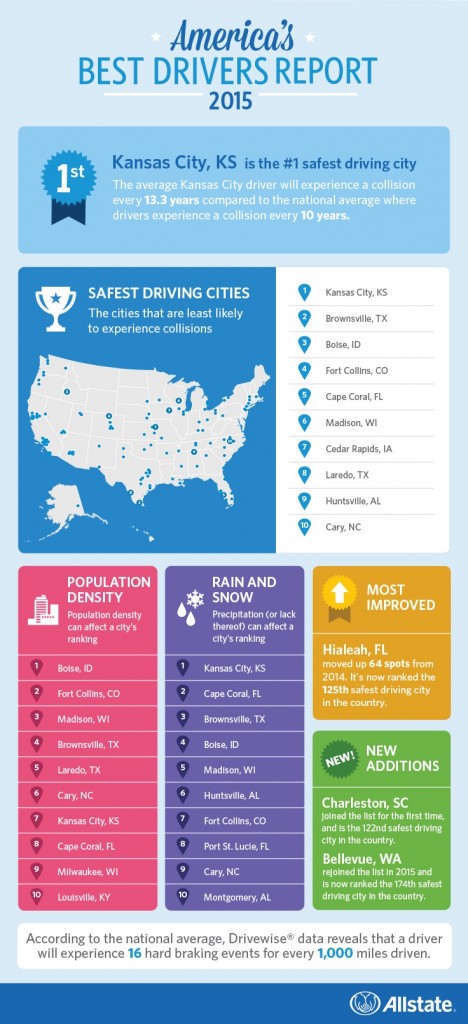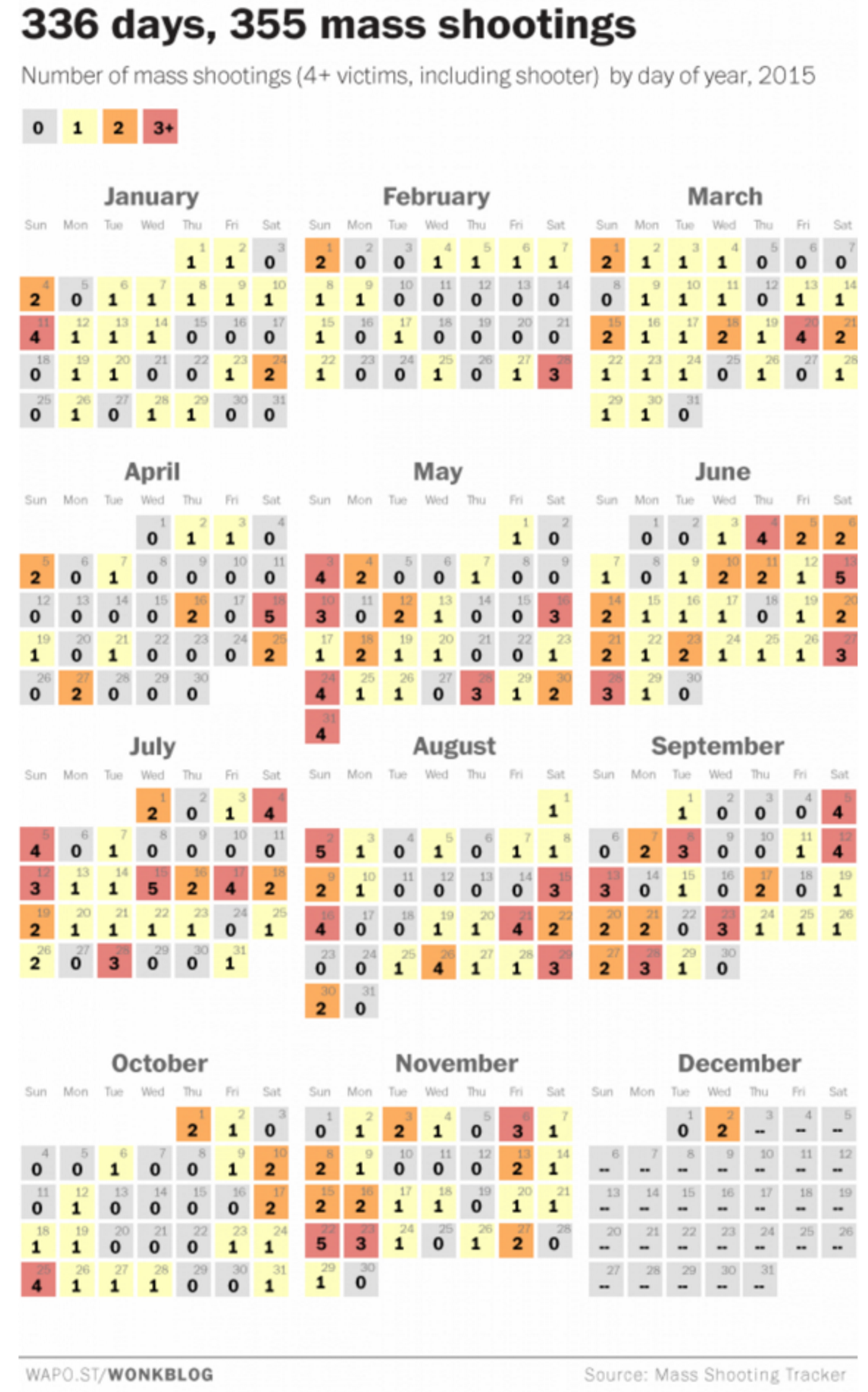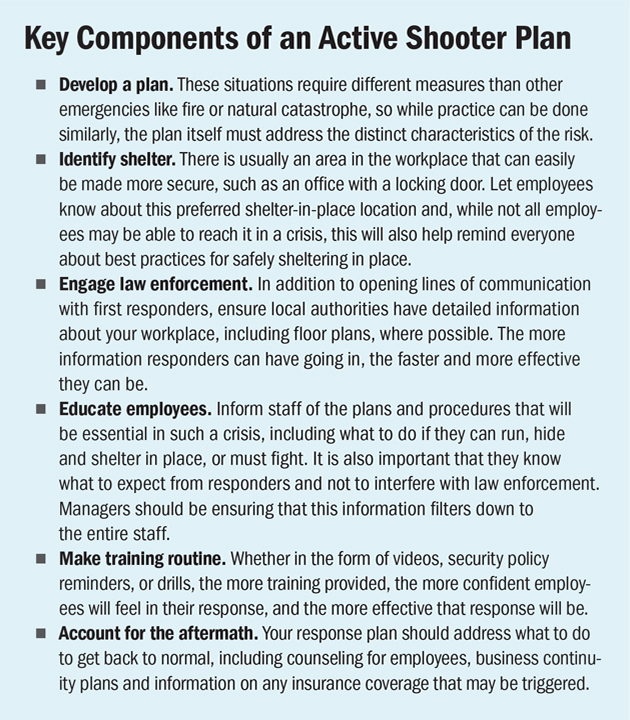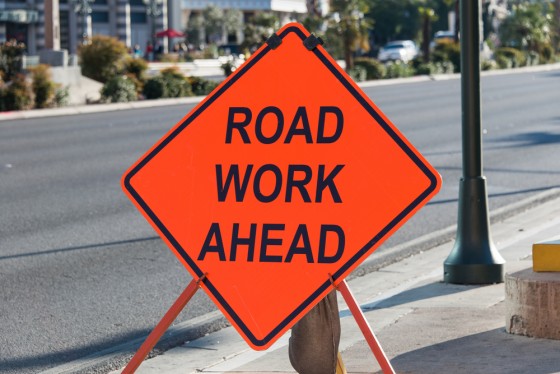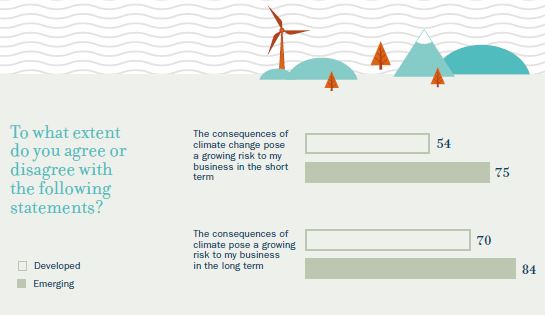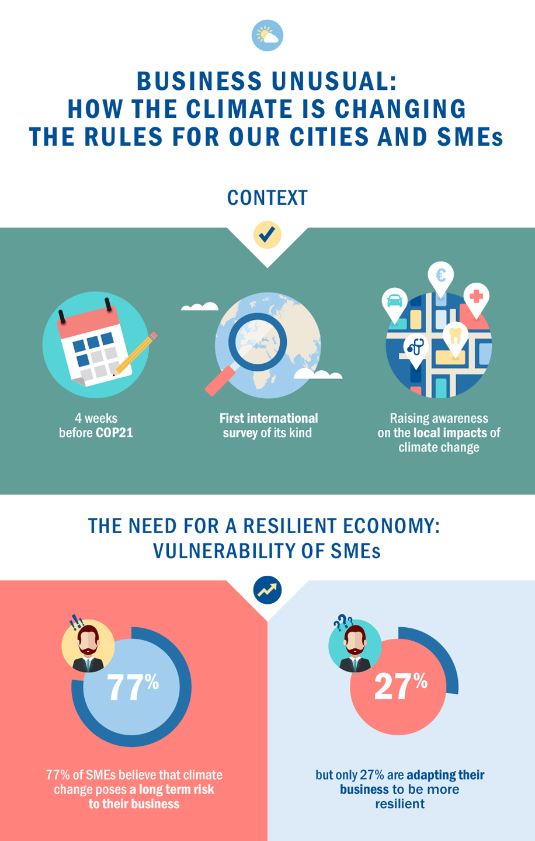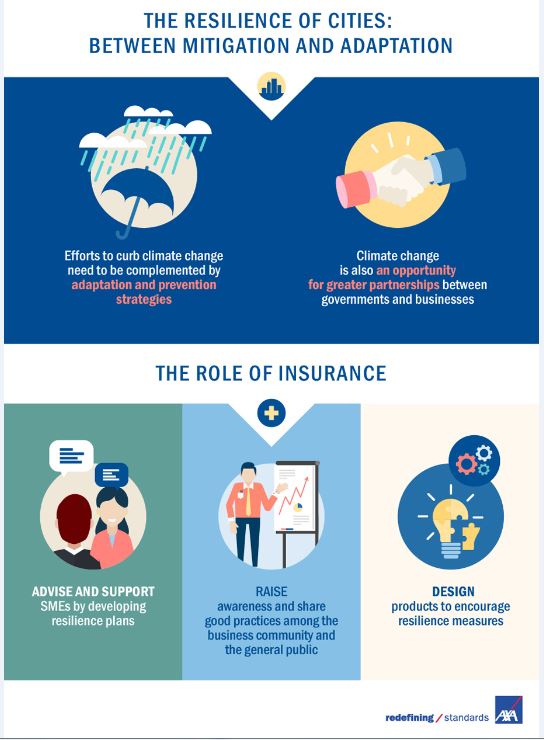Winter weather has yet to appear in many parts of the country, but it’s on its way. When factoring rainy or snowy conditions into collision frequency, however, some cities are safer than others in many types of weather, according to the 2015 Allstate America’s Best Drivers Report.
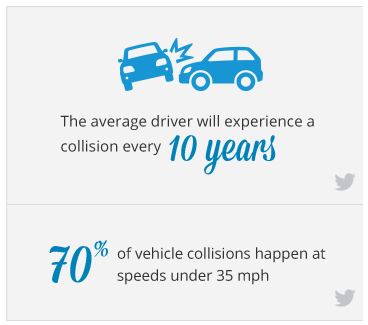 While there are many factors that impact highway safety, an improving economy and lower gas prices have led to an increase in the number of miles being driven.
While there are many factors that impact highway safety, an improving economy and lower gas prices have led to an increase in the number of miles being driven.
According to the Federal Highway Administration’s latest Traffic Volume Trend Report, cumulative travel for 2015 is up by 3.
5%. The September report is based on hourly traffic count data reported by the states, using data collected at about 4,000 continuous traffic counting locations nationwide.
Recently, the National Safety Council estimated that the U.S. is on track for its deadliest driving year since 2007. In the first six months of 2015, NSC reported traffic deaths were up 14% from a year ago, and serious injuries were 30% higher over the same period.
The city with the best driving report this year is Kansas City, Kansas. Factoring in precipitation, Cape Coral, Fla., and Brownsville, Tex., came in second and third, respectively. Cities at the bottom of the list of 200 were Boston, Massachusetts; Worcester, Massachusetts; and Baltimore, Maryland. New York City was listed at 151.
The report is based on Allstate’s claims data, ranking America’s 200 largest cities in terms of car collision frequency to identify which have the safest drivers. The data also shows how these cities rank when precipitation is a factor. The rankings are based on the expected driver performance given each city’s average annual precipitation as measured by NOAA, according to Allstate.
America’s safest driving cities:

